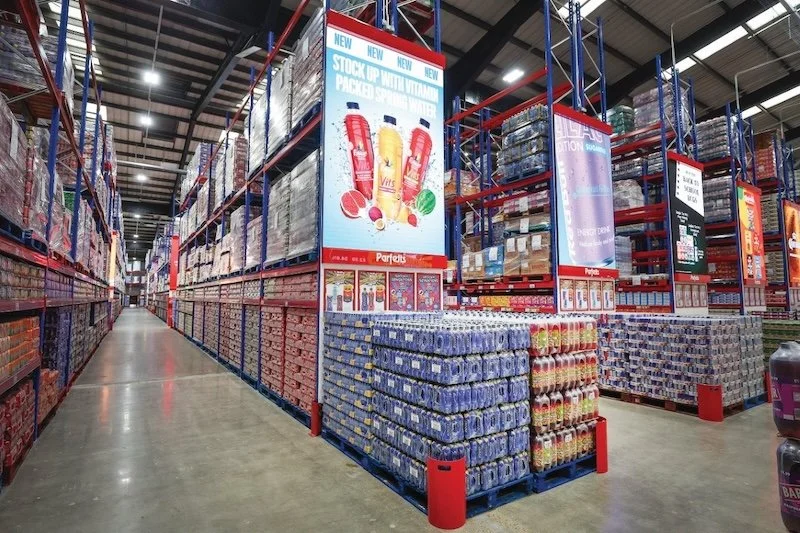How to rebuild your business after a natural disaster
While disasters like Covid and recessions had a way of destroying businesses for so many people, natural disasters have a way of doing it much worse. They can completely destroy a local economy, and depending on the scale, they could even destroy a whole country’s economy.
Needless to say, they’re terrifying, and with natural disasters being more prevalent than ever due to climate change and other changes within the environment, business owners need to especially be more aware of how they can bounce back in the chance that they and their business needs to deal with such an occurrence.
When it comes to dealing with them, it’s more than just looking into the best industrial roofers; and hiring them or getting someone to build your office back together. It’s way more than that. There are finances, planning, and considerations that need to happen. So, here’s how you can rebuild your business if a natural disaster were to happen.
You’ll need to create a recovery plan
For starters, you need to keep in mind that natural disasters come in so many different forms, and they’re obviously going to depend on what country you’re living in.
Technically, even a bad thunderstorm is considered a natural disaster, as plenty of businesses, homes, and property have been terribly affected by it. Nowadays, no matter what country you’re in, if you live in a rural area, there’s a chance that you might get affected by wildfires.
Of course, something major, like a major earthquake, tornado, or even a tsunami, can be detrimental. When you create a recovery plan, you’ll first need to figure out what natural disasters are most likely. If you don’t live near a volcano, then obviously, you won’t need to consider that. So be realistic.
Implement your disaster recovery plan as soon as possible. Assess the damage and consider if your business property is uninhabitable or if it requires a backup location. Implement a communications strategy to keep employees, customers, and the local community informed of your plans.
Develop a network of support in your community by cultivating partnerships with business, government, and nonprofit organisations. This will help you reach out for assistance when needed and promote your business to potential new customers when you are back in operation.
All of this obviously needs to be done far in advance.
You may need to take calculated risks
Whether you own an e-commerce, a service, or even a local retail chain, there are always going to be risks involved. For starters, no one can actually properly predict a natural disaster or if it will even affect your business.
But at the end of the day, being a business owner means taking some risks here and there. Look into your insurance to see what it can and can’t cover, and look into ways employees (and you) can be safe if a disaster occurs at the workspace.
You’ll most likely need to reestablish relationships
While you’re expected to get your business back up and running ASAP, it’s not always realistic.
So, be sure to reconnect with your employees, customers, and partners to let them know what the deal is. Don’t feel bad for pausing your business while things get worked on.
Chances are, you’ll do more damage if you try to resume everything as if it were normal again when there’s too much damage.
















Continue reading…